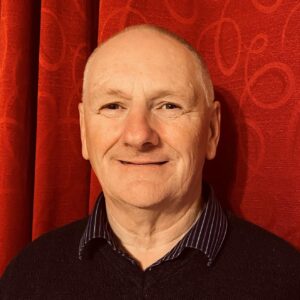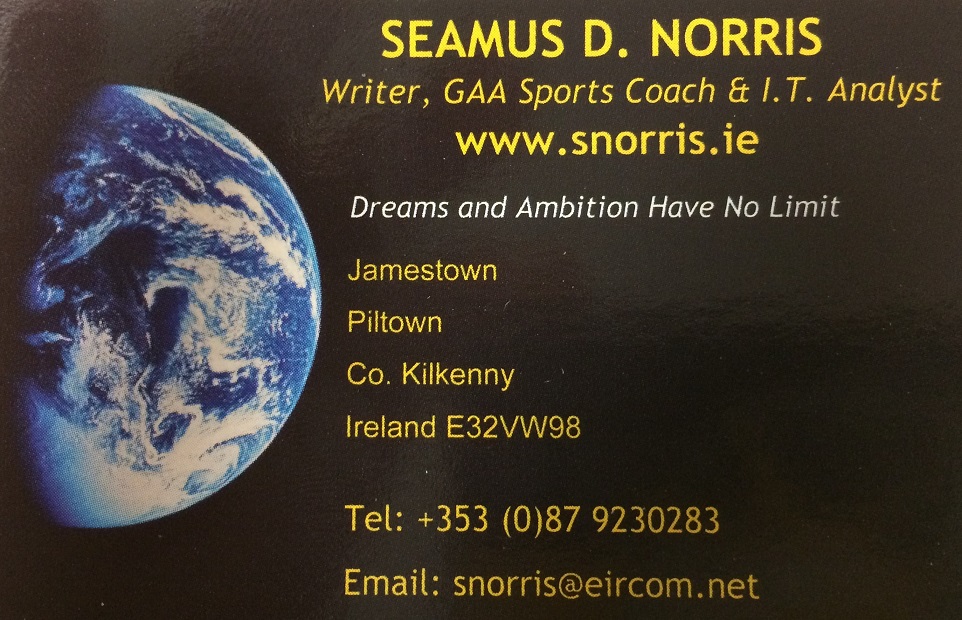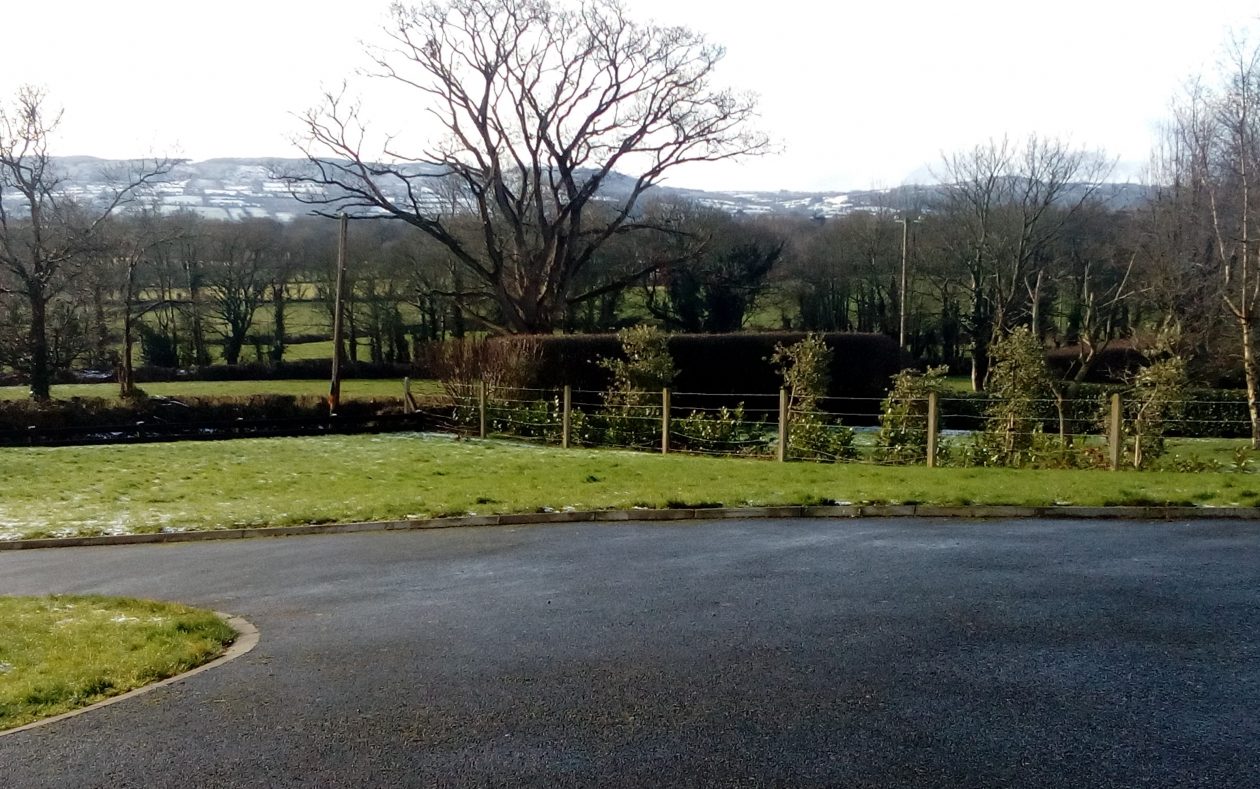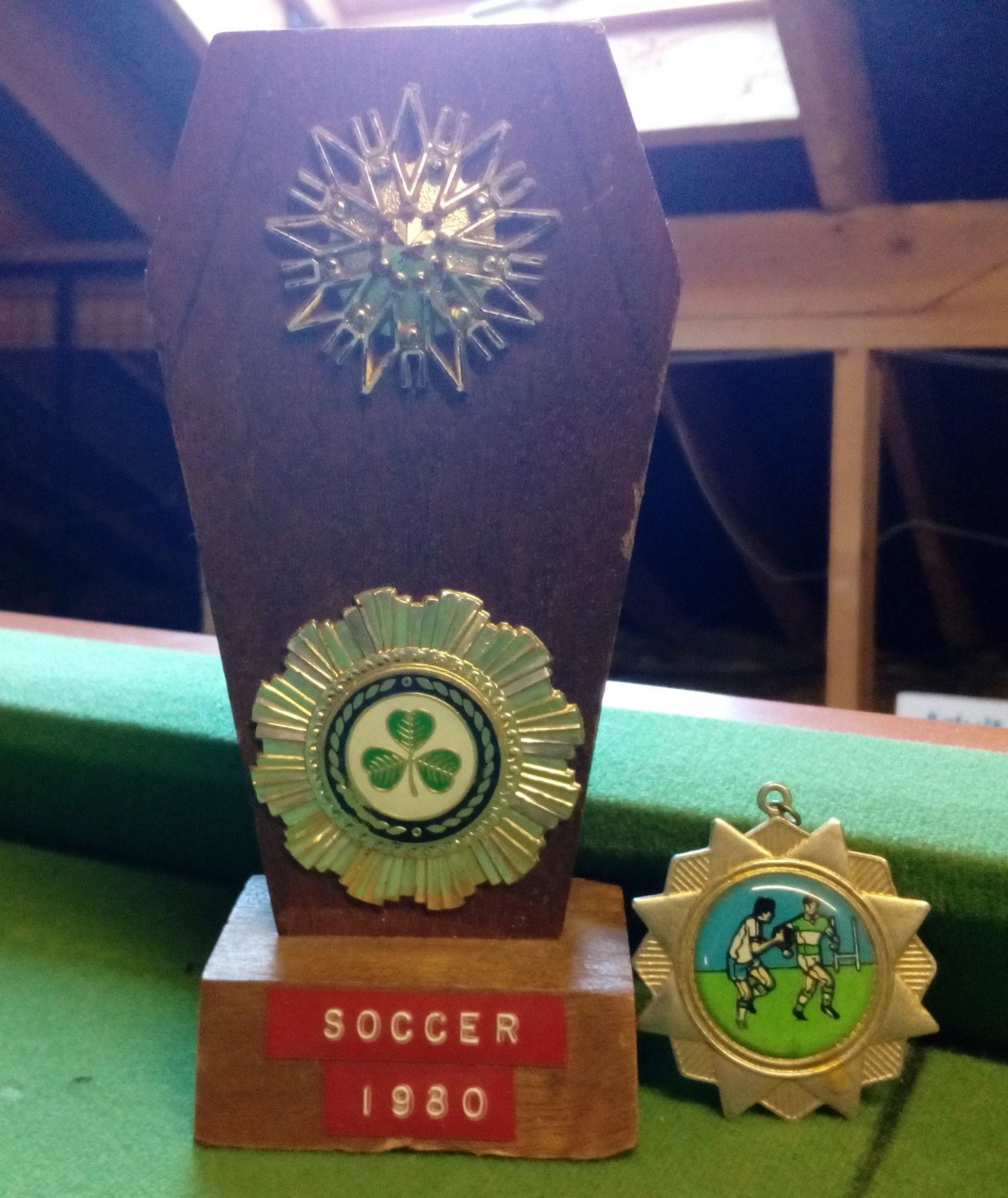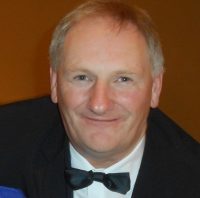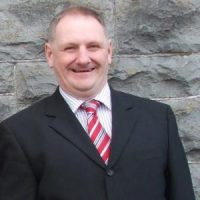Having introduced the other areas of my interests, I now introduce how I took the career path of Information Technology. It was a far cry from my initial career ambition; to become a cowboy, a sheriff or a US Cavalry officer in the Wild West. I soon discovered that those Western films I love were a bit of a stretch from reality. As I entered my teenage years and the era of popularity for the Western began to recede to be replaced by the private detective genre, my thoughts were now more hormonal driven by the thoughts of being a private detective working alongside the likes of Charlie’s Angels, especially Kelly Garrett (aka Jaclyn Smith). However, I soon discovered what Irish private detectives really did and the only agency I could find based in Clonmel was definitely no “Townsend Agency” with beautiful detectives. The “excitement” was never going to hold my attention where stalking alleged unfaithful husbands was not top of my ambitions. By the time I was ready to join the work force, I did summer holidays in the Tower Hotel Waterford as a Night Porter in my school and College holidays. I had had my fill of the night shift, but that is a story for another day.
As I approached my Leaving Certificate, reality had to start taking over from the influence of television. Pity really. Those imaginary jobs were great. Sport was my thing. Unfortunately, hurling was not a profession. I was too big to be a jockey and to be honest, if the truth was known, I couldn’t really ride a horse that well, let alone like the cowboys I imagined, never mind a jockey. I was good at soccer, but not that good, so a professional soccer career was never going to happen. So having done my research, a Physical Education teacher looked like a realistic option and in my area of interest.
Unfortunately, PE was not important in the early eighties. It is still not important to our government as they prefer to introduce sugar taxes rather than compulsory PE in primary schools to tackle obesity. Having said that, adding PE as a Leaving Cert subject is a step in the right direction. At that time, Gaelic Footballer, Pat Spillane and Rugby player Tony Ward were trained PE teachers. Neither were employed as PE teachers at that time. If they couldn’t get a job, what hope had I? My logical conclusion was despite this being my dream job, it was not practical having come from a family with a small farm and very little funds to provide that level of education.
The farming option was never going to be practical either as the 33 acre farm could not sustain my parents and me, even back then. Although, to be honest I did like working with animals, but we were not a very modern setup and had a bucket plant milking setup with only a short time. I was good at normal Maths, but I hated trigonometry and the like. I was a logical and a practical thinker (hard to credit if you read my fiction). My research suggested a role in Computers. I attended an open day at what was then called Waterford Regional Technical College (WRTC), now Waterford I.T. I enquired about computer courses and in particular what was the best one as regards getting jobs. I was informed of a brand new course, a National Certificate in Industrial Computing. It was the first of its kind in Ireland at the time. I went for it and got a place starting in September 1980 for two years. I finished with a Pass with Credit. Of the 27 who started the course, only 10 of us completed it. They were Gerard Shortiss, Billy Fenton (both from Carrick-On-Suir), John Barron from Wexford, Denise Flanagan from West Waterford, Declan “Scotty” Murray from near Ballymany Stud (where Shergar was kidnapped from), Pauline Hayes from Wexford, Tina Costigan from Rathdowney, Tony Kennedy and John Carroll (both Waterford)and of course myself. It was 1998, before I worked in the Industrial Computing area when I implemented a Shop Floor Control System in Waterford Crystal.
When I graduated in 1982, I could not get a job in Computers. So I joined an AnCo project (similar to a Fas scheme) in Kilmoganny. Although the initial few days were spent building (more labouring), something I hated having always slogged in all kinds of weather with my father who loved building, I soon got an opportunity of more value from John Sheridan who was leading the project. John was a business man from Kells, County Kilkenny who was part owner of the Ferrum Fabrications factory in Windgap, located in the old school there. John was an entrepreneur and he found out I did Mechanical Drawing up to the Inter Cert. So he used my skills and put me working with John Doheny of Callan, doing drawings. John was into soccer with Callan United and was a very good player. I enjoyed working with John and doing drawings as a draughtsman which included a bungalow, a set of gates and my favourite was the drawings for the original Community Centre in Stoneyford, where I had great difficulty fitting in the toilets to the front porch along with a ticket office. I didn’t set the parameters, people of Stoneyford.
While based in Kilmoganny I never stopped trying for jobs in “computers”. The issue was a classic Catch 22 scenario where you couldn’t get a job if you hadn’t experience and you couldn’t get experience unless you had a job. I approached the government run National Manpower agency that had a scheme where they would pay you 30 pounds a week, while you work for a company and gain that invaluable experience. I then approached the Ballydine, Kilsheelin based Merck, Sharp and Dohme, pharmaceutical plant and told them under this scheme I could work for them for six months under this scheme and they wouldn’t have to pay me. They went for it and even better, they kindly matched the 30 pounds a week from National Manpower. The six months was a great success where I got experience programming mainly in RPG II and some FORTRAN working on IBM System/34. It was not in the industrial area of computing that my course was for, but more in the commercial side of computing. I hadn’t done anything like it on my course, but I did like it and felt I had an aptitude for it. My first computing job had started.
A friend of mine Joe Grincell (RIP) who was into running would bring me to work. The first day he had to drop me at the entrance as there was a picket in place due to a strike. This was in January 1983. My boss was a man called Dermot Walsh from Clonmel and the head of the department was a man from the north who lived in Piltown called Sean McCluskey. Three other Piltown based people were in the small computing department. Mick Miller, Barry Murphy and Helen Prendergast. There was also Michael Hogan and Nollaig Slater from Clonmel. Some of my first programs were punched cards. I wrote programmes for the in house built Ballydine Labour Information System and Ballydine Work Order System in RPG II and an environmental reporting program in FORTRAN. It was all great experience and the scheme was such a success that when the six months was completed, I was offered another 3 month contract where I was paid a massive (to me at that time) 100 pounds a week.
When that contract had finished, I got another contract with Rexnord Fasteners BV in Carrick-On-Suir as a computer operator working on IBM System/34. I linked up with my college classmates from Carrick, Ger Shortiss and Billy Fenton who were both already there. Rexnord manufactured parts for aeroplanes. I travelled to work from Windgap on my Honda 50. Unfortunately in December 1983, Rexnord closed. I got a small “redundancy” payment of 100 pounds. My first closure and payoff.
For the next few months, things looked glum, on the dole and working at home on the farm. Then out of the blue as summer dawned, Merck offered me another short term contract. I was delighted as there was still no sign of a permanent role and the stability it offered. I still kept trying to get that permanent role. On one occasion, I went for an interview in University College, Galway as a computer operator. I left home on my Honda 50 about 6am in the morning to get a train in Thurles at 7:30am. I then got off in Portarlington and sat in a deserted railway station for about an hour to catch the Dublin to Galway train. I arrived in Galway and still had a few hours to kill in my suit. There were five interviewers. It was like an interrogation. I then got the train back to Portarlington where I got on the Dublin-Cork train before getting off in Thurles. I remember the future President of Ireland Michael D Higgins was on the train from Galway to Portarlington. He looked the same then as he does now. I wonder could either of us predict our futures at that point. I kitted up in Thurles and got back on the Honda 50. It was absolutely freezing at this stage. I was exhausted. I arrived home about 1am, praying that I wouldn’t be offered the job, if that is what travelling to and from Galway involved. Thankfully I didn’t have to worry about it.
As the summer came to a close, I applied for a role advertised in a newspaper as a computer operator. The role did not have a company address or name, just a post office box number. I went for it for the hell of it. I was somewhat confused when I got a call from the HR guy who was called Jimmy Savage and when I misheard the name of the company thinking he said Crime Computers based in Dublin. I was very apprehensive. It turned out to be a computer manufacturing company called Prime Computers based on the north side of Dublin in Clonshaugh Industrial Estate in Coolock. I was offered the job. Later my boss, Jimmy Hyland, whom I became very good friends with and attended my wedding, told me three people went for the job. One was from Dublin who got sick with a hangover during the interview; the next was from Cork and me. As Kilkenny was nearer to Dublin than Cork, I was offered the job. Not sure how true, but it doesn’t matter why today and it still makes me smile.
Despite being offered the job, the decision was not easy. I loved Kilkenny. I loved home. I was honestly scared of moving to Dublin to work. It was the “big smoke” at that time and a place we only went to for the All-Ireland final or school trips. I also loved working for Merck. I approached them and asked about the possibility of my current contract turning into a permanent role? I was told it was possible, but there was no guarantee. After much mental angst, I made the decision to go, take the permanent job in Dublin to get even more experience and meanwhile keep an eye out for a permanent job closer to home. On the 8th October 1984, I started my first permanent I.T. job with Prime Computers. My salary was a massive seven thousand, three hundred punts (Irish Pounds) per annum. I couldn’t believe what I was earning. Jimmy Hyland was my boss and my colleagues were Paul Smith, a real Dub (we were like chalk and cheese given my innocent country background) and a girl called Terri Kettle. I was to spend six and half years working in Dublin until Prime Computer closed in April 1991. The Information Technology journey had started and despite a bumpy start and many more bumps and potholes along the way, it is still going. It is now 38 years since I started my “computers” course in the Waterford Regional Technology College. The career has brought me from Merck, Sharp and Dohme to Rexnord Fasteners BV to Prime Computers to Waterford Crystal to WWRD to Avnet Client Solutions to Glanbia in 2014, my first Kilkenny based I.T. role. The journey still has plenty of road ahead.
